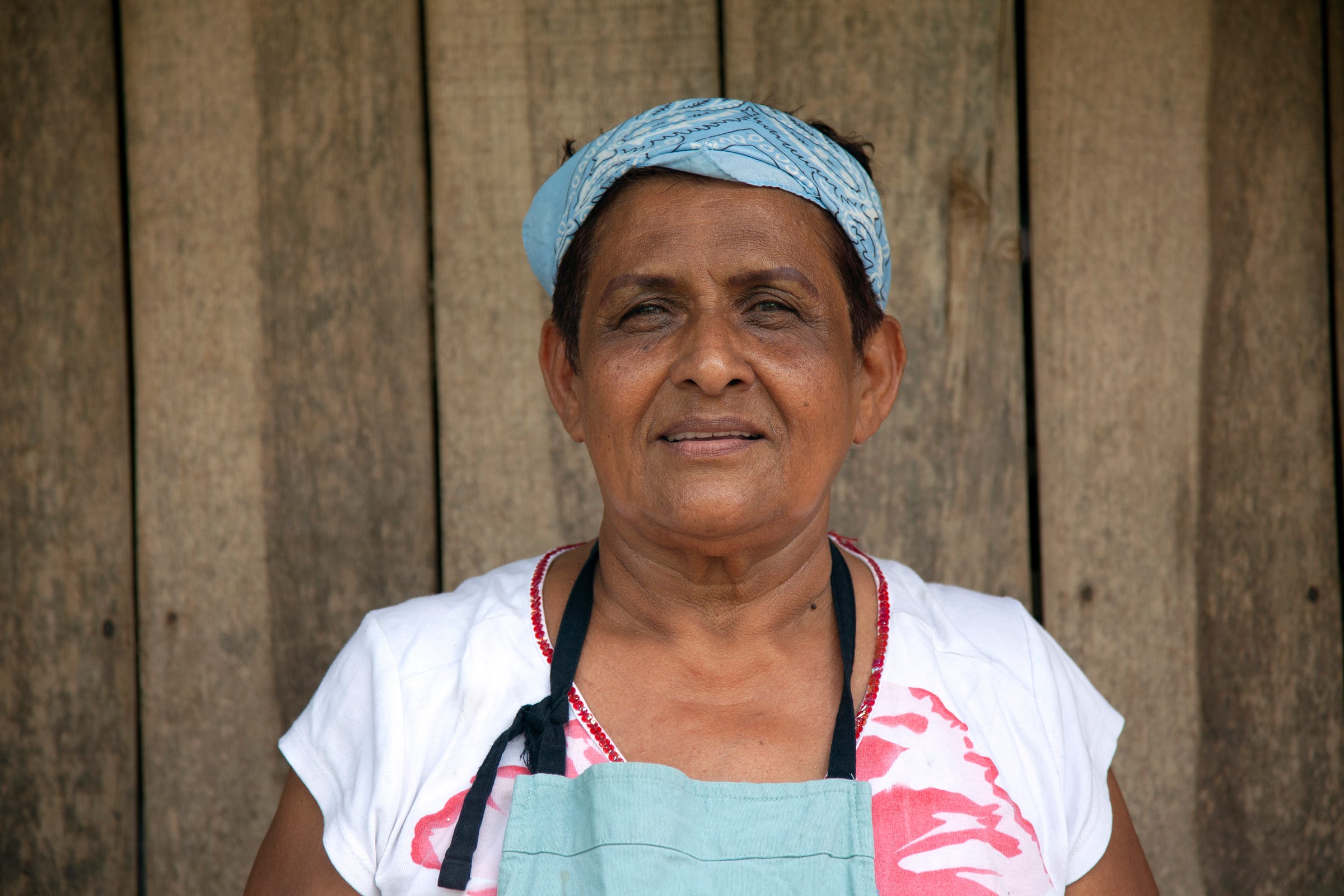Doña María Elena Espinosa Grijalba’s Arroz de Maíz
A guardian of Chorotega recipes in Guanacaste, Costa Rica.
You should know her name. Everyone else should know it too. It’s Doña María Elena Espinosa Grijalba. She’s a Costa Rican national treasure. In her mid-60s, she’s one of the greatest cooks in all of Central America and a guardian of Chorotega recipes that are disa…
Keep reading with a 7-day free trial
Subscribe to New Worlder to keep reading this post and get 7 days of free access to the full post archives.




